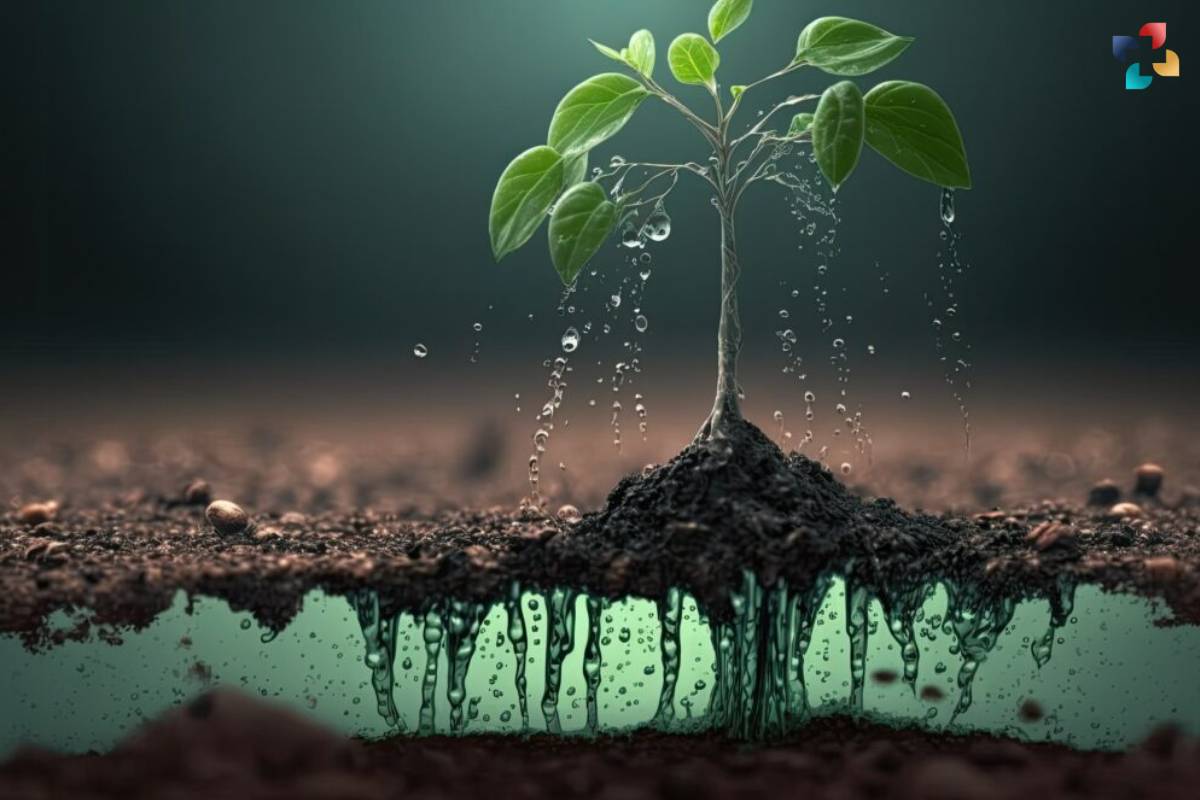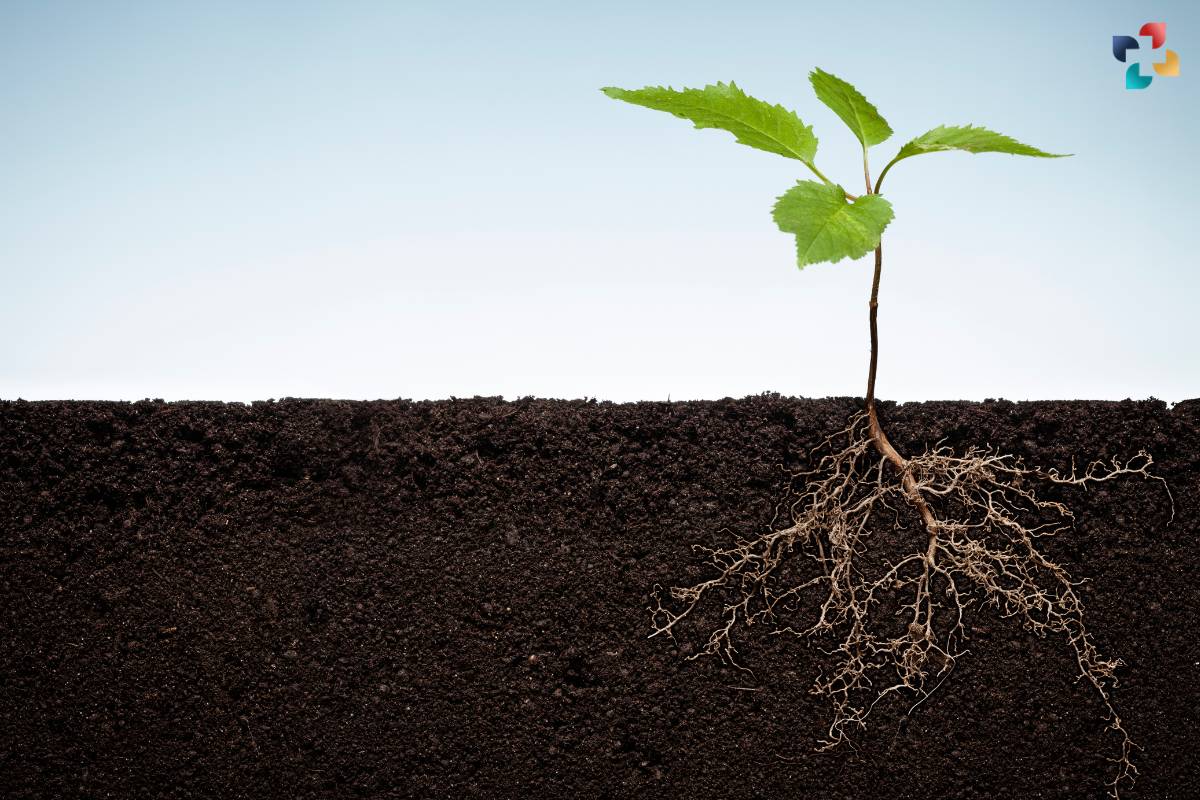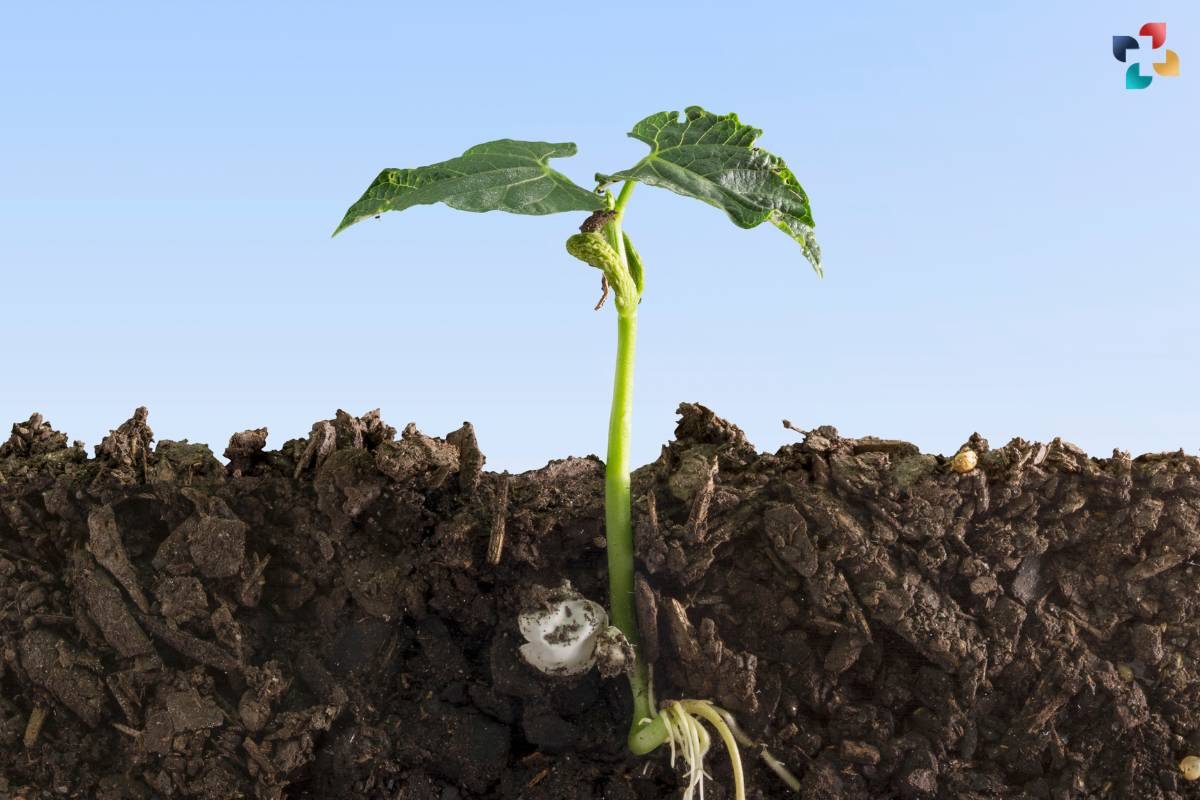Phytoremediation, a sustainable and eco-friendly approach, utilizes plants to mitigate environmental pollution by absorbing, degrading, or immobilizing contaminants. This innovative technique has gained recognition for its effectiveness in cleaning up contaminated soil, water, and air. In this article, we delve into the diverse types of phytoremediation in plants, highlighting their mechanisms and applications.
Here are five types of Phytoremediation in Plants:
1. Phytoextraction:
Phytoextraction involves the uptake and accumulation of contaminants by plant roots from the soil or water. Through this process, plants absorb pollutants such as heavy metals, organic compounds, and radioactive elements, thereby reducing their concentrations in the environment. Common hyperaccumulators like sunflowers, willows, and Indian mustard are often used for phytoextraction due to their ability to accumulate high levels of contaminants in their tissues.
Phytoextraction stands out as a promising method for remediating contaminated environments, offering a natural and cost-effective solution to reduce pollutant levels. One of its primary advantages lies in the ability of plants to selectively uptake specific contaminants from the soil or water, thereby targeting pollutants of concern. This targeted approach minimizes the spread of contaminants and focuses remediation efforts on areas with the highest pollution levels.

The success of phytoextraction largely depends on the choice of plant species, as certain plants exhibit higher tolerance and accumulation capacities for specific pollutants. Hyperaccumulator plants, such as those mentioned earlier—sunflowers, willows, and Indian mustard—possess genetic traits that enable them to thrive in contaminated soils and efficiently absorb pollutants through their root systems. These plants have specialized mechanisms for transporting and storing contaminants in their tissues, effectively sequestering pollutants away from the environment.
Furthermore, phytoextraction offers a sustainable alternative to traditional remediation methods, such as excavation and soil washing, which can be disruptive and costly. By harnessing the natural capabilities of plants, phytoextraction minimizes environmental disturbance and promotes ecosystem restoration. Additionally, the harvested plant biomass can be further processed to recover valuable metals or serve as bioenergy feedstock, providing additional economic benefits.
Overall, phytoextraction holds immense potential as a green remediation technique for addressing soil and water contamination. As research continues to advance, exploring new hyperaccumulator species and optimizing phytoextraction processes, this innovative approach is poised to play a significant role in environmental cleanup efforts worldwide.
2. Phytodegradation:

Phytodegradation refers to the breakdown or transformation of contaminants within plant tissues through enzymatic reactions or metabolic processes. Plants produce enzymes capable of degrading various pollutants, including petroleum hydrocarbons, pesticides, and organic solvents. By metabolizing these contaminants, plants can detoxify the environment and reduce the persistence of pollutants in soil and water. Species such as poplars, willows, and alfalfa exhibit phytodegradation capabilities and are employed in remediation efforts.
3. Rhizofiltration:
Rhizofiltration involves the use of plant roots to filter and remove contaminants from water or wastewater. As water passes through the root system, pollutants are adsorbed, absorbed, or precipitated onto root surfaces or within root tissues. This process effectively removes pollutants such as heavy metals, nutrients, and organic compounds, resulting in cleaner water. Aquatic plants like water hyacinth, water lettuce, and duckweed are commonly utilized for rhizofiltration due to their high biomass production and efficient pollutant uptake.
4. Phytostabilization:
Phytostabilization aims to immobilize contaminants in the soil, preventing their migration and uptake by plants or humans. Certain plant species have the ability to bind pollutants in their root zone through processes such as absorption, precipitation, or complexation. This stabilizes the contaminants and reduces their bioavailability, minimizing the risk of exposure to humans and wildlife. Grasses, legumes, and shrubs with extensive root systems are often employed for phytostabilization in contaminated sites.
5. Phytovolatilization:

Phytovolatilization involves the uptake and release of contaminants into the atmosphere in the form of volatile compounds by plants. Through this process, plants absorb gaseous pollutants or volatile organic compounds from the soil or water and subsequently release them into the air through transpiration or metabolic processes. Certain plant species possess the ability to metabolize or detoxify volatile pollutants, contributing to air purification. Trees, shrubs, and grasses with high transpiration rates are utilized for phytovolatilization to reduce atmospheric pollution.
Phytovolatilization offers a unique approach to remediate contaminated environments by targeting volatile pollutants and effectively reducing their concentrations in the air. This process relies on the natural ability of plants to uptake gaseous contaminants from the soil or water and release them into the atmosphere, where they can be dispersed and diluted. Certain plant species possess enzymes or metabolic pathways that facilitate the transformation or degradation of volatile organic compounds, further enhancing the efficacy of phytovolatilization as a remediation strategy.
Trees, shrubs, and grasses with high transpiration rates are particularly well-suited for phytovolatilization, as they can efficiently draw up contaminants from the soil and release them into the air through their leaves or stems. By harnessing the power of plants to purify the air, phytovolatilization offers a sustainable and environmentally friendly solution to mitigate air pollution and improve air quality in contaminated areas.
Conclusion:
Phytoremediation in Plants offers a versatile and environmentally sustainable approach to remediate contaminated environments. By harnessing the natural capabilities of plants, various types of phytoremediation techniques effectively mitigate pollution and restore ecological balance. Understanding the mechanisms and applications of different phytoremediation methods is essential for implementing targeted remediation strategies and promoting environmental stewardship.
FAQs
1. What is phytoremediation?
Phytoremediation is a process that uses plants to remove, degrade, or contain contaminants in soil, water, or air.
2. What are the types of phytoremediation?
There are several types of Phytoremediation in Plants, including phytoextraction, phytostabilization, phytodegradation, phytovolatilization, and rhizofiltration.
3. How does phytoextraction work?
Phytoextraction involves plants absorbing contaminants from the soil or water through their roots and accumulating them in their tissues.
4. What is phytovolatilization?
Phytovolatilization is the process by which plants absorb volatile contaminants from the soil or water and release them into the atmosphere in the form of gases.
5. What are some examples of plants used in phytoremediation?
Plants commonly used in phytoremediation include sunflowers, willows, Indian mustard, poplars, and grasses such as vetiver and switchgrass.











